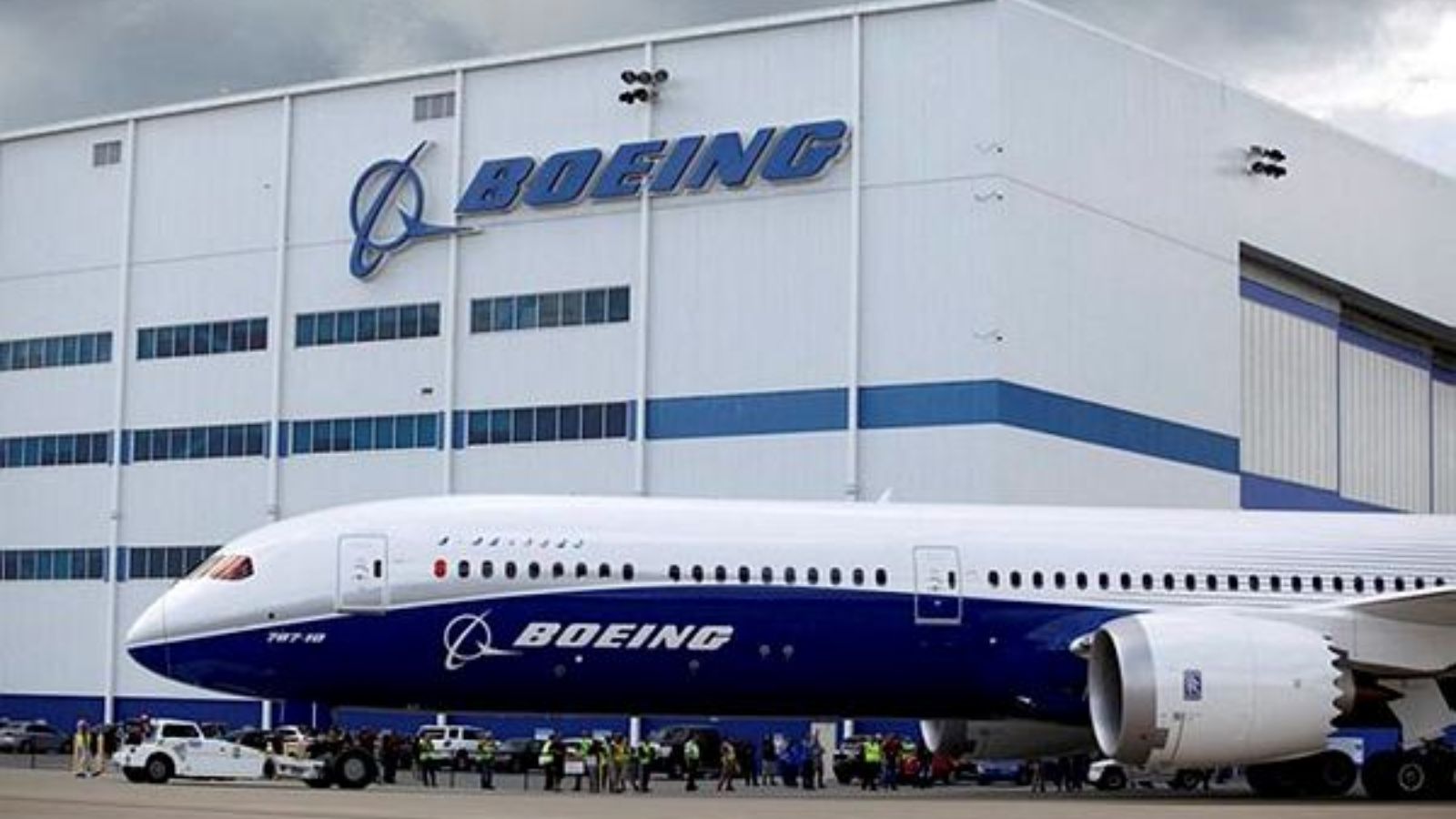India’s aviation regulator Directorate General of Civil Aviation (DGCA) Monday issued safety recommendations to all Indian airlines that operate the Boeing 737 –including Air India Express, Akasa Air, and SpiceJet — about the potential risk of faulty rudder control systems.
Among other measures, airlines have been asked to mandatorily include include safety risk assessment of the aircraft.
The advisory comes following safety concerns flagged by the US National Transportation Safety Board (NTSB) regarding Boeing 737 aircraft lanes equipped with Collins Aerospace SVO-730 Rudder Rollout Guidance Actuators.
“All flight crews are to be informed through a circular/advisory regarding the possibility of a jammed or restricted Rudder control system. Appropriate mitigations must be communicated to help crews identify and handle such a situation,” the DGCA said in a statement on Monday.
It further read: “All operators must conduct a Safety Risk Assessment for aircraft to evaluate and mitigate the risk associated with the Rudder control system.”
The rudder is a primary flight control surface that controls the rotation about the vertical axis of the aircraft, a movement referred to as yaw.
On September 27, the NTSB had issued urgent safety recommendations on potential for a jammed rudder control system on some Boeing 737 aircraft following its investigation into a February incident of stuck rudder pedals on a United Airlines Boeing 737 MAX 8 aircraft.
In the NTSB probe, it was discovered that the problem was with the SVO-730 rudder rollout guidance actuator, a component manufactured by Collins Aerospace. The manufacturer discovered that a bearing was incorrectly assembled during the production of the actuators. A
According to the NTSB, over 350 actuators delivered to Boeing by Collins Aerospace since 2017 were affected by this flaw. The probe findings led the NTSB to issue urgent safety recommendations.
It is to be noted that not all Boeing 737 aircraft are fitted with this actuator. Further, it is not clear as to how many aircraft in India might have this potentially faulty part.
The Indian airlines have also been asked by the DGCA to discontinue CAT III B approach, landing, and rollout operations until further notice. The CAT III B system facilitates low-visibility landings. The potentially faulty actuators are installed only on Boeing 737NG and 737 MAX aircraft equipped for CAT III B operations, per the NTSB.
The Indian carriers are also required to include specific exercises in recurrent training sessions that stimulate scenarios involving jammed or restricted rudder control system. Discussions on potential rudder control system issues must also be included as a mandatory topic in recurrent training sessions, as per the DGCA.
“Appropriate flight crew responses and mitigations should be practiced during these exercises. These interim measures aim to enhance safety and ensure that flight crews are well-prepared to handle potential Rudder control issues effectively, pending further detailed operational guidance to be issued by Boeing/FAA (US Federal Aviation Administration),” it added.



